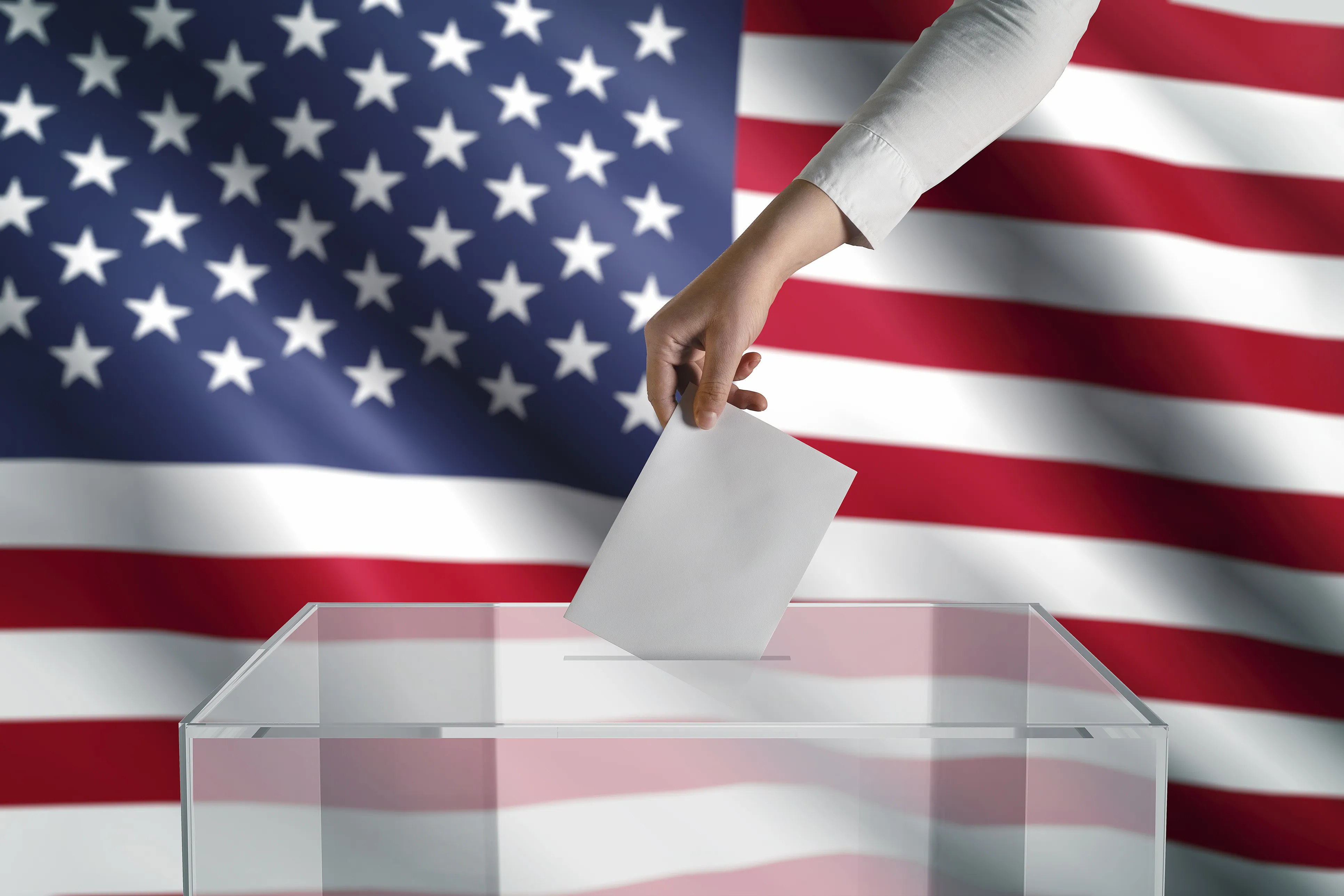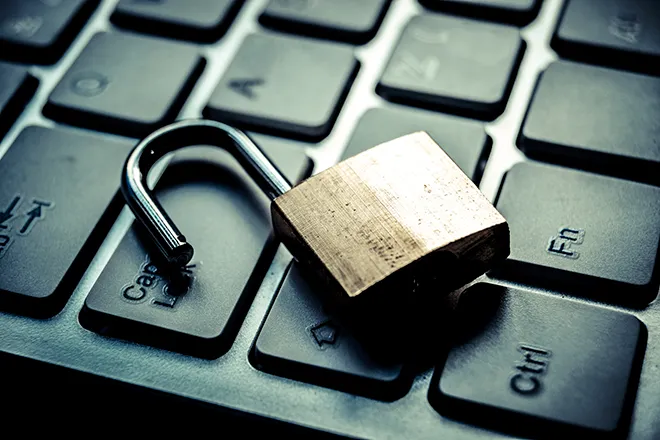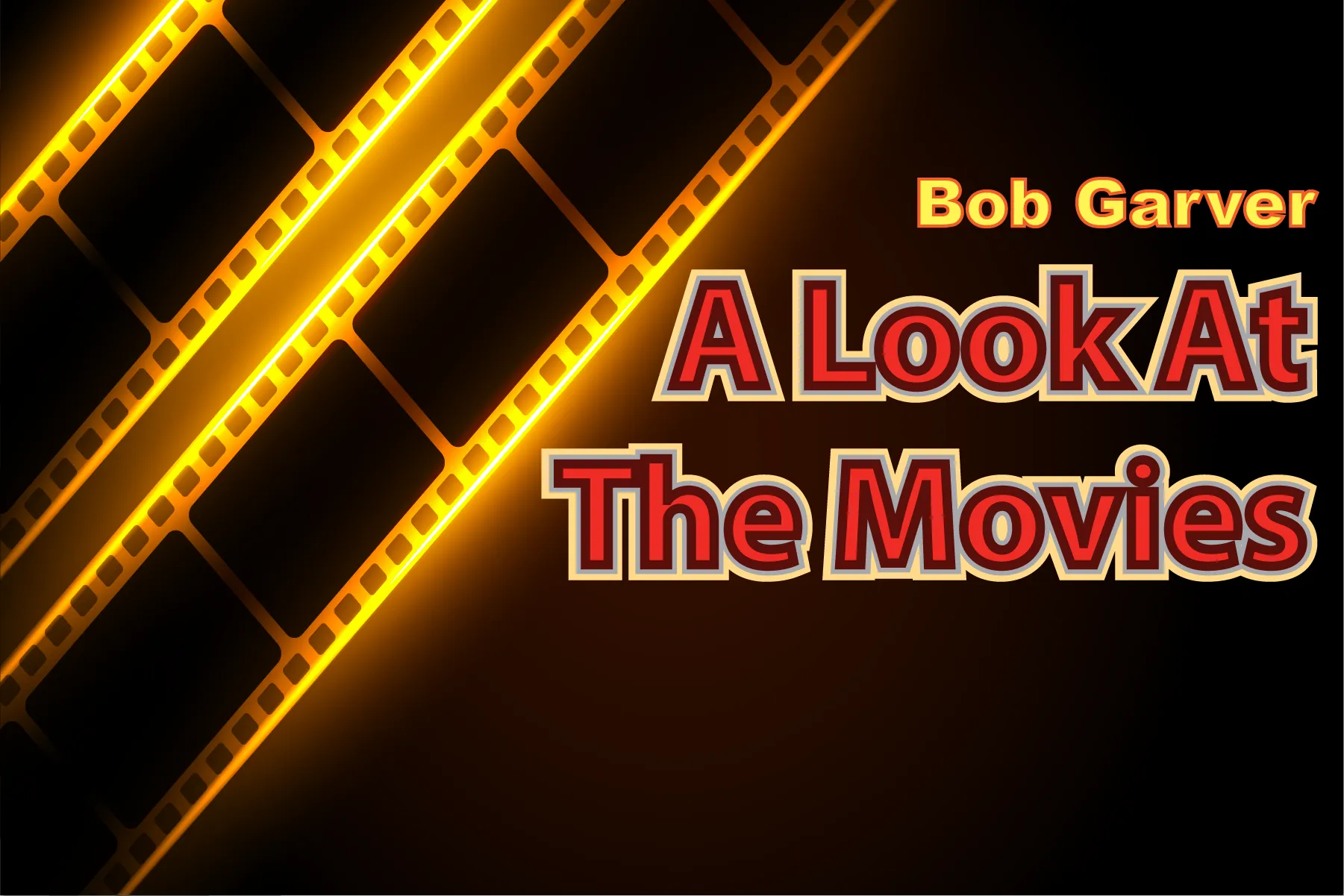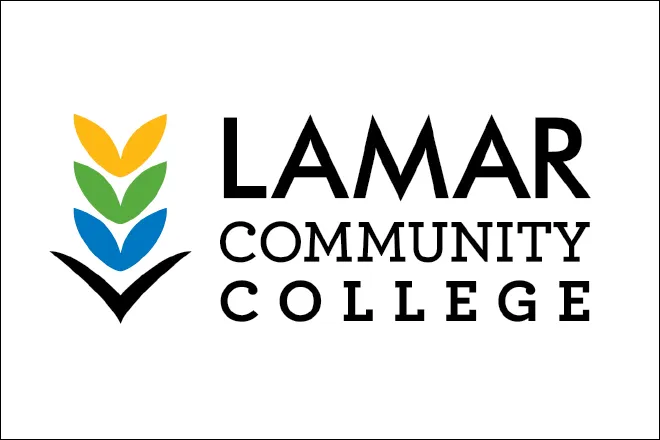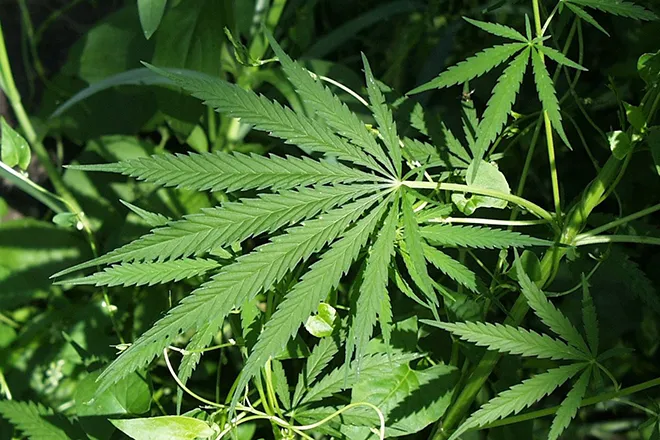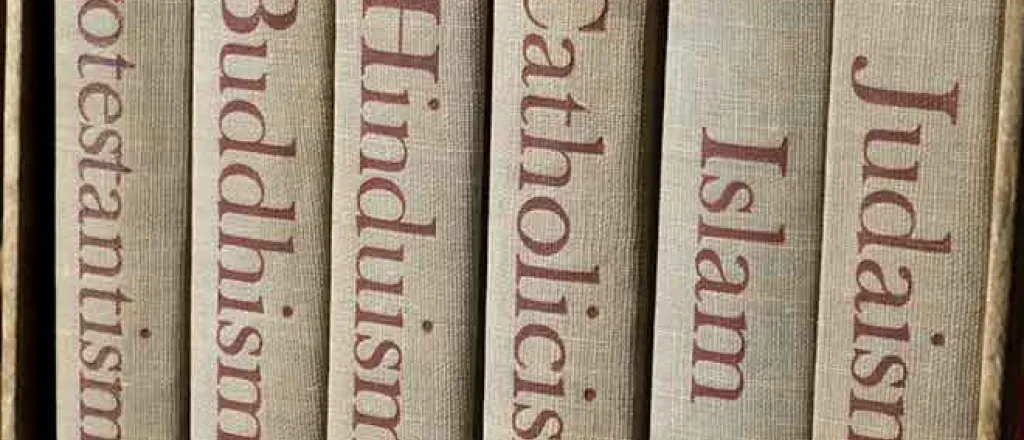
An old debate over religion in school is opening up again
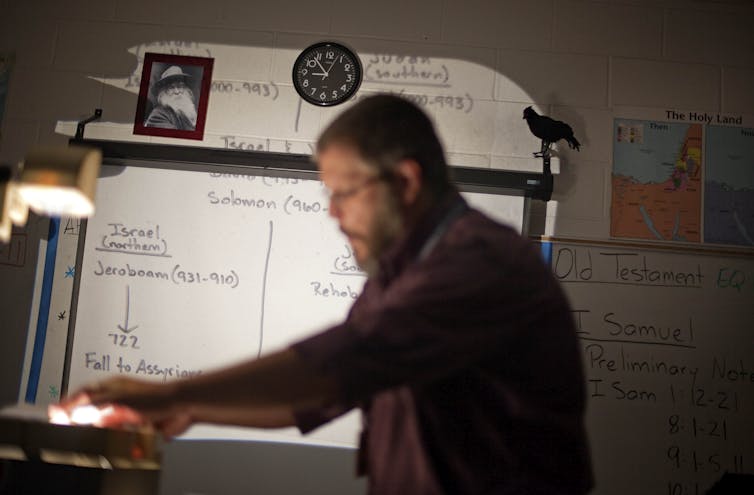
David Mislin, Temple University
As the 2020 election approaches in the United States, President Donald Trump is adding school prayer to the list of contentious issues up for debate. After Trump promised in early January to “safeguard students’ and teachers’ First Amendment rights to pray in our schools,” his administration announced new guidance on Jan. 16.
The Department of Education will now require schools to document that they do nothing to impede student prayer. The Trump administration will also mandate that schools report student grievances related to prayer.
This announcement comes after a year in which officials in six states, including the populous swing state of Florida, considered bills permitting the study of the Bible in classrooms. Last January, President Trump tweeted his support for these laws.
The evangelical proponents of the legislation insist that the Bible would be treated as a historical and literary source, not as a means of religious guidance. Critics oppose them for fear that their real intent is to teach Christianity.
Efforts to return religion to public schools threaten to reignite one of the oldest debates about the separation of church and state.
Educating moral citizens
As a historian who has studied how American Protestants have engaged with the culture at large, I know that the question of religion in education was among the first social issues to split American Protestants into competing liberal and conservative camps.
In the early 19th century, as many states created public school systems, children’s moral development was viewed as a crucial component of education. Advocates for public schools came from some of the established Protestant denominations such as Congregationalism and growing liberal traditions like Unitarianism.
Since these public school proponents had diverse religious beliefs, they agreed that educational institutions should not teach particular doctrines. But they believed schools should cultivate morals based in what they thought were generally held Christian principles.
Opposition came from Roman Catholics, a growing segment of the population due to immigration, who took particular issue with Bible reading. Many schools used the Protestant King James version of the Bible, which differed from the translation familiar to Catholics. Moreover, Bible reading apart from the study of Church teaching was by nature a distinctly Protestant practice.
Yet even Protestant agreement on Bible reading in public schools did not survive for long.
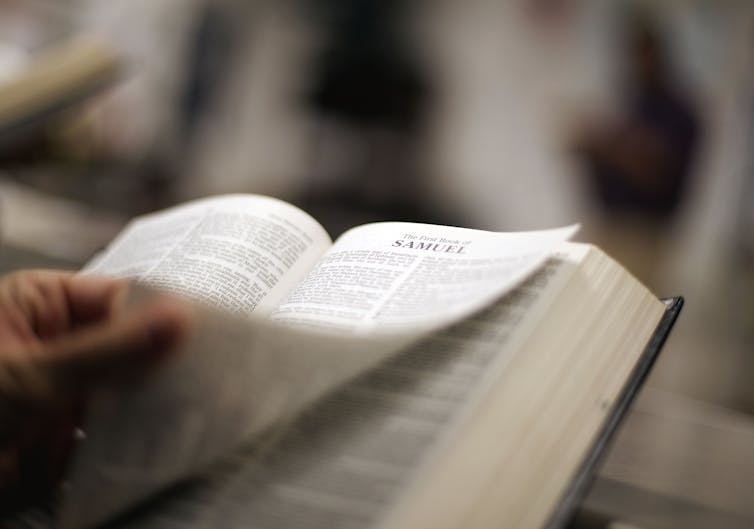
Split among Protestants
A major catalyst for division was the decision of the Cincinnati School Board in 1869 to end Scripture reading in classrooms. Having long objected to Bible study in the city’s schools, Catholics had established their own system of parochial schools. By 1869, over 12,000 children, free from Protestant religious influence, were taught in these parochial schools.
By changing the policy, Cincinnati officials hoped the large Catholic population would return to public schools.
The board’s decision sparked outrage among conservative Protestants. As scholar Steven K. Green has detailed in his study of church-state debates, many churchgoers organized opposition to the policy. They believed it “threatened the moral and intellectual development of youth.”
Not all Protestants agreed, however. Reflecting a larger split within Protestantism, which I have chronicled, liberal Protestants throughout the nation endorsed the Cincinnati policy.
The secretary of Connecticut’s Board of Education, Birdsey Northrop, supported this change. A graduate of Yale Divinity School and a clergyman, Northrop came to denounce “narrowness and bigotry, under the guise of devotion to Bible reading.” In his view, Bible study in schools only fostered religious division.
Major Protestant periodicals echoed these views. The widely read periodical Christian Union ran and reprinted many articles which supported ending religious instruction in public schools. The view took hold among liberal Protestants that religious study should be voluntary and Bible reading should not a compulsory part of public education.
For these liberal Protestants, there was value in public schools. They were willing to tolerate an end to religious instruction in the hope that education would not become a sectarian endeavor. This liberal Protestant support helped ensure that the Cincinnati school board’s policy remained in effect over conservatives’ objections.
The liberal-conservative split
In the aftermath of what became known as the “Cincinnati Bible War,” liberal Protestants grew ever more wary of Bible study in public schools.
Still, the Bible continued to be read in some U.S. schools until the Supreme Court stepped in. In 1963, the court declared the practice unconstitutional.
The response to this decision and to a case on school prayer highlighted how religious expression in schools had divided Protestants. In 1964, a constitutional amendment was introduced to restore such practices. Liberal Protestant groups like the National Council of Churches helped lead opposition to the amendment.
As the historian Neil J. Young has shown, conservative Protestants disagreed on amending the Constitution. Nevertheless, prominent conservative voices urged the return of “Bible reading to the public schools.”
New legislation, old division
The “biblical literacy laws” have been enacted in more than a half-dozen states since 2000. The campaign to pass them elsewhere shows little sign of stopping, especially as it appears to be an organized effort of Christian conservatives.
Now, the president appears poised to add the equally controversial issue of school prayer into the mix.
Given that this issue was among the first to divide religious liberals and conservatives, it is hardly surprising that it is gaining steam at this moment of heightened cultural tension.
This is an updated version of a piece first published on Feb. 4, 2019.
[ Deep knowledge, daily. Sign up for The Conversation’s newsletter. ]![]()
David Mislin, Assistant Professor of Intellectual Heritage, Temple University
This article is republished from The Conversation under a Creative Commons license. Read the original article.

